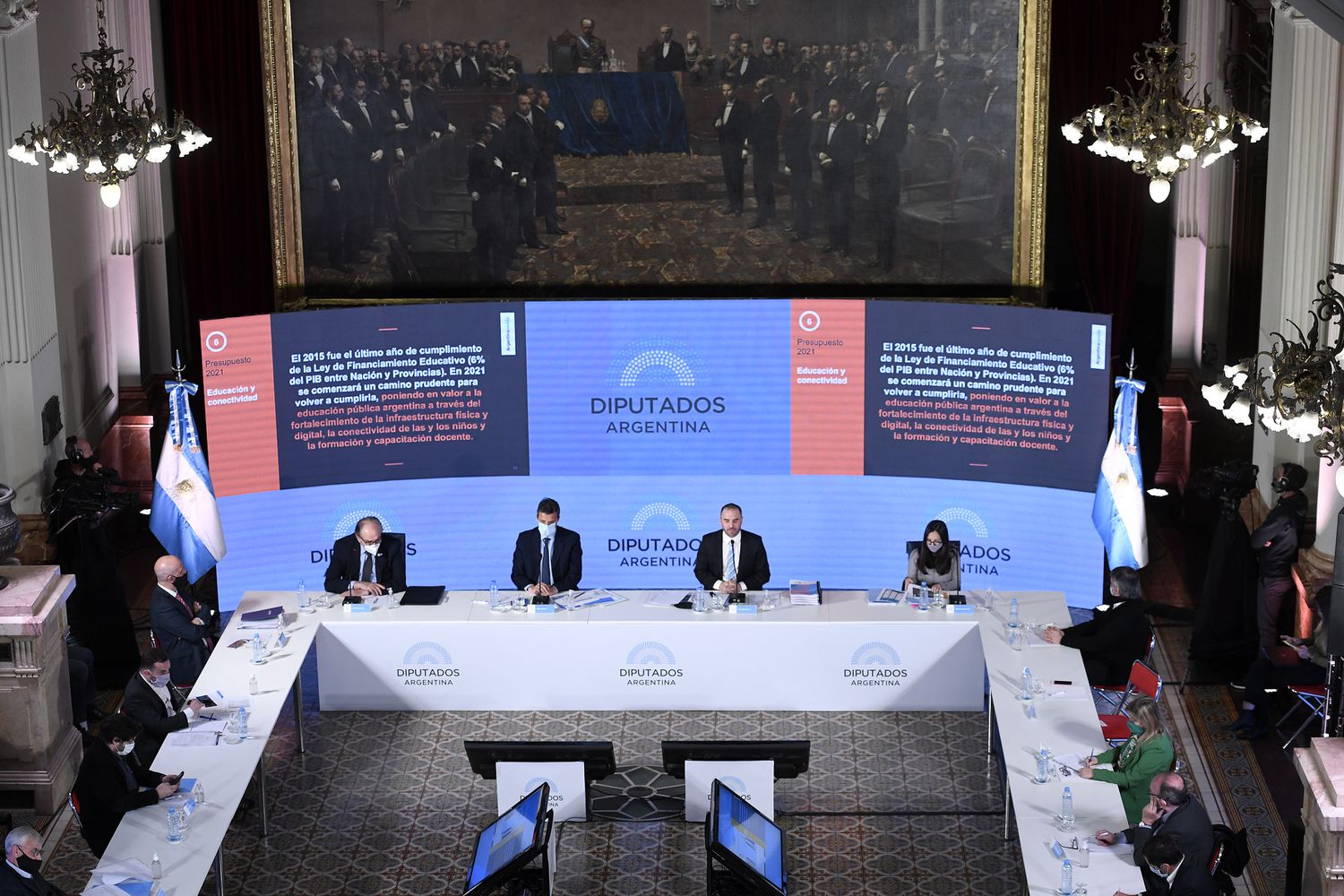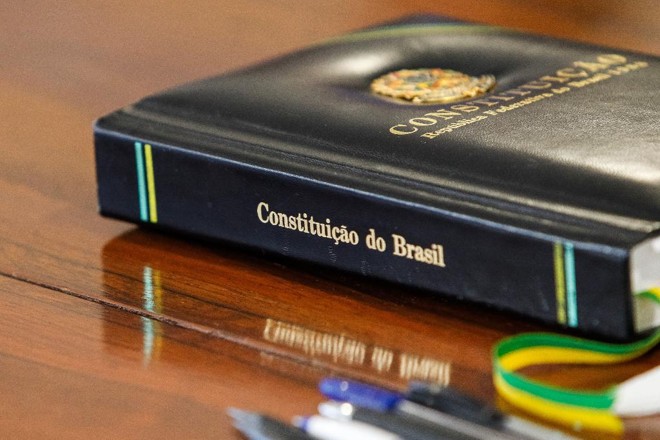by Lucas Thixbai Freitas Fraga, Researcher, Ph.D. Candidate at Institute of Economics, Federal University of Rio de Janeiro
Reviewed by Matheus Lucas Hebling
On October 28, 2020, decree 10,534 that institutes the Brazilian National Policy for Innovation and provides for its management and governance was published in the official gazette, the official press agency for publicizing the acts of the Brazilian Federal government. This policy intends to promote and foster innovative initiatives in the federal public sector, as well as to ensure cooperation at the state and municipal government levels; and to improve innovation in the private sector through sectoral coordination promoted by specific ministries, related to the government.
The measure appears when the Brazilian economy is going through a period of low growth, a continuous scenario since 2014, and that the foreign trade agenda is increasingly focused on the export of primary products and the import of capital goods, it means, part of the contact with innovative products still comes from abroad. Also, the results of the Industrial Survey of Technological Innovation — PINTEC, a survey that analyzes the factors that influence the behavior of companies and their strategies for innovation, indicated the poor performance from the private and public sectors for the 2015-2017 period.
According to this survey, just over 34% of the manufacturing industries installed in Brazil have adopted some type of product or process innovation. Of these companies, about 30% have used some form of support from the federal government. To give you an idea, the same survey conducted in the 2012-2014 three-year period indicated that 36% of the manufacturing industries carried out some type of innovation. Most of these innovations are incremental, that is, the most elementary level of technological change, since most of these innovations were in basic product design changes or simple process improvements. For this type of sector, in particular, these numbers are frustrating.
The Law in question appears as a measure to improve this scenario of low technological performance in the Brazilian economy. For this, in its Article 5th suggest six axes for the implementation of the Innovation strategy: i) expansion of the workforce with an emphasis on technological training improvement; ii) alignment between programs created by federative entities, encouraging private investments to innovate; iii) development of technological solutions in the public and private sector; iv) protection of intellectual property; v) fostering a culture of “entrepreneurial innovation” and encouraging the development of markets for new products and services.
To do that, the National Innovation Strategy will be formulated and coordinated by the Innovation Chamber, which will be the highest agency of Brazil’s Innovation Policy. Among its eleven members, the leaders of the ministries of the Chief Staff (president of this Agency, linked to the Presidency of the Republic), Defense, Education, Health and Science and Technology stand out. It is interesting to create this agency given the current context of emptying the National Council of Science and Technology. However, by the Decree, there are no members of the Innovation Chamber that represent Civil Society.
Another important point in the new rule is that at no time does the strategic role that Brazilian public universities play for innovation in the country. According to the Clarivate Analytics 2017 Report for CAPES — a public foundation that works to expand and consolidate quality postgraduate courses — public universities are responsible for around 95% of the country’s scientific production. It is the result of these researches that the main innovations for the Brazilian industry emerge. However, the decree is limited to highlighting only its role of training qualified workers, proposing a revision of the curricula of higher education, whose objective would be to make learning more focused on “the promotion of a more practical, entrepreneurial and interdisciplinary approach”, ignoring the attribution of research and extension that, together with teaching, form the fundamental tripod that structures a public university. It is research at the university level, whether through autonomous research or in partnerships with companies, that innovation in Brazil occurs. This means that even though financing for the development of solutions for the industry does not necessarily have a direct public investment, there is a leading role from the Brazilian State.
Another hindrance that the law proposes to correct is the bureaucratic and exhaustive process for registering innovations and patents. According to the Management Report of the National Institute of Industrial Property (INPI) published in 2019, the average time from the beginning of the process to the final opinion of the technical decision is, on average, ten years. In other systems like China and the European Union, this same process occurs in an average of two years. Also, according to the Industrial Property Indicators 2019 report, around 80% of invention patents at the Institute in 2018 are from non-resident origin, that is, innovations created in other countries and which request the right of exclusive use in Brazil. To solve this, the National Intellectual Property System was proposed, whose objective would be to simplify patent applications as well as in the processes of creating and closing technology-based companies.
This law also does not deal with the sources of public funding for innovation in the country. In addition to the State Research Foundations and the federal research promotion agencies, the two key agencies for the promotion of innovation in Brazil are the Financier of Studies and Projects (FINEP) and the National Bank for Economic and Social Development (BNDES). Any kind of initiative that seeks technological improvement in Brazil must necessarily keep these two actors in mind.
It is easy to see that there is a long way to go to make Brazil an innovative and competitive nation. The several actors that work in the innovation process should not be ignored, given that innovation policies would be centralized from the central government, with little or no dialogue with civil society. Ignoring the role of universities as innovative agents and qualifying them simply as a tool for training qualified labor is certainly a mistake, just as the absence of a strategy for financing innovative actions would make a policy in this sense inevitably destined for failure.
More
Brasil, Instituto Nacional da Propriedade Industrial. (2019). INPI – Metas e Resultados: Balanço da Gestão 2015-2018. CGPE/DIREX.
Brasil, Instituto Nacional da Propriedade Industrial. (2020). Indicadores de Propriedade Industrial 2019. Instituto Nacional da Propriedade Industrial – INPI.
Brasil. Decreto nº 10534, de 28 de outubro de 2020. Institui a Política Nacional de Inovação e dispõe sobre a sua governança. Política Nacional de Inovação, 2020.
Cross, D., Thomson, S., & Sibclair, A. (2017) “Research in Brazil”: A report for CAPES. Clarivate Analytics. 2017.





